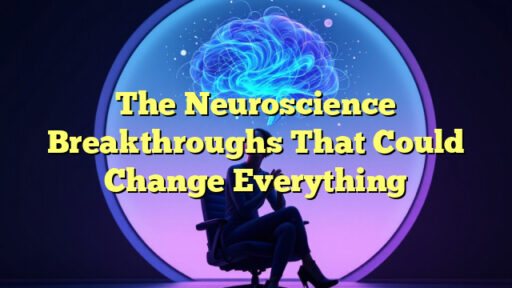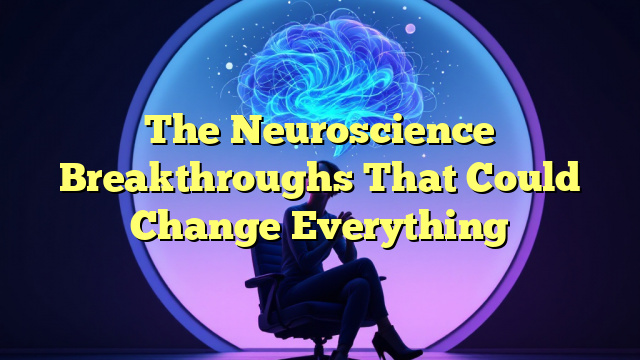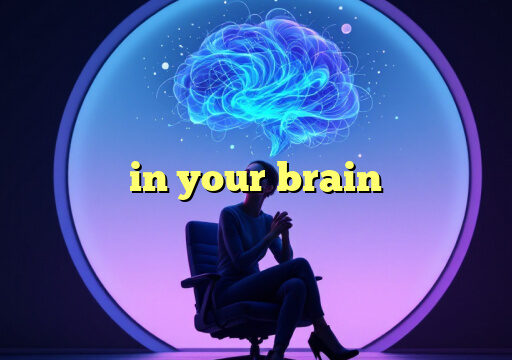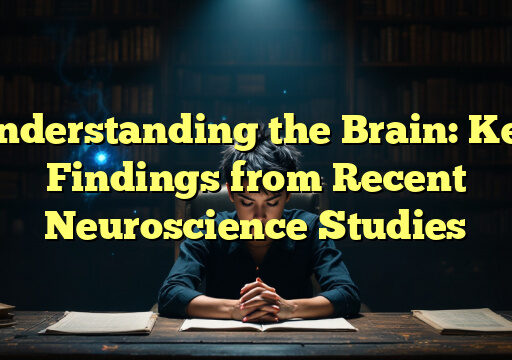Neuroscience is a rapidly evolving field that has the potential to revolutionize our understanding of the brain and human behavior. In recent years, there have been several groundbreaking discoveries that hold the promise of transforming the way we diagnose and treat neurological disorders, as well as enhance our cognitive abilities. Here are some of the most exciting neuroscience breakthroughs that could change everything:
1. Brain-computer interfaces
Brain-computer interfaces (BCIs) are devices that allow for direct communication between the brain and external devices, such as computers or prosthetic limbs. Recent advances in BCI technology have made it possible for individuals with paralysis to control robotic arms or even communicate through their thoughts. This has the potential to greatly improve the quality of life for people with severe motor disabilities.
2. Neuroplasticity
Neuroplasticity is the brain's ability to reorganize itself by forming new neural connections in response to learning or experience. This phenomenon has significant implications for rehabilitation after brain injuries, as well as for enhancing cognitive function in healthy individuals. Researchers are now exploring ways to harness neuroplasticity to improve memory, concentration, and overall brain health.
3. Optogenetics
Optogenetics is a cutting-edge technique that allows researchers to control the activity of specific brain cells using light. By genetically modifying neurons to respond to light, scientists can manipulate neural circuits with unprecedented precision. This has the potential to revolutionize the treatment of neurological disorders, such as Parkinson's disease and depression, by targeting the underlying brain circuits responsible for these conditions.
4. Neural prosthetics
Neural prosthetics are implantable devices that can restore lost sensory or motor function by interfacing with the brain or nervous system. Recent advancements in neural prosthetics have enabled individuals with spinal cord injuries to regain mobility and sensation, as well as improved the accuracy and speed of brain-controlled robotic devices. In the future, neural prosthetics may enable paralyzed individuals to walk again or restore vision to the blind.
5. Deep learning
Deep learning is a subset of artificial intelligence that mimics the structure and function of the human brain to perform complex tasks, such as image recognition and natural language processing. This technology is being applied to neuroscience research to analyze large-scale brain imaging data and uncover patterns in brain activity that were previously inaccessible. Deep learning algorithms have the potential to accelerate our understanding of the brain and lead to new therapies for neurological disorders.
Conclusion
These neuroscience breakthroughs represent just a fraction of the advancements that are transforming our understanding of the brain and human cognition. From brain-computer interfaces to optogenetics, these cutting-edge technologies have the potential to revolutionize the field of neuroscience and improve the lives of millions of people around the world. As researchers continue to push the boundaries of what is possible, we can expect even more exciting discoveries in the years to come.
FAQs
Q: How do brain-computer interfaces work?
A: Brain-computer interfaces work by detecting the electrical signals produced by neurons in the brain and translating them into commands that can be used to control external devices.
Q: Can neuroplasticity be enhanced?
A: Yes, neuroplasticity can be enhanced through activities such as mental exercise, physical exercise, and environmental enrichment.
Q: What is the potential impact of deep learning on neuroscience?
A: Deep learning has the potential to revolutionize neuroscience research by enabling researchers to analyze complex neural data and uncover new insights into brain function and dysfunction.
Unlock Your Mental Potential



